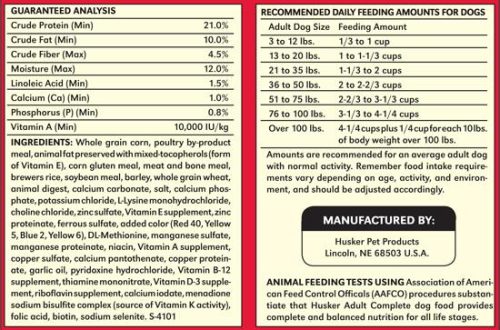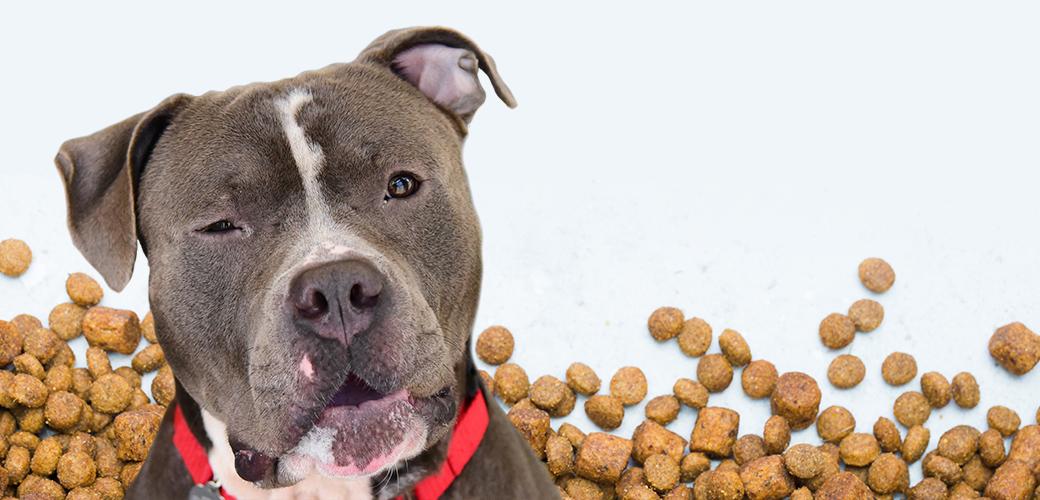
Decoding Grain-Free Diets for Pets: Science Unleashed
In recent years, the pet food landscape has transformed dramatically, with a growing number of pet owners turning to grain-free diets for their furry companions.Amid the aisles of kibble and cans, the allure of a grain-free lifestyle remains strong, promising enhanced vitality and optimal health. But what lies beneath this culinary trend? “Decoding Grain-Free diets for Pets: Science Unleashed” aims to peel back the layers of marketing jargon and anecdotal evidence, delving into the science that informs our understanding of pet nutrition. As we embark on this exploration, we’ll uncover the potential benefits and pitfalls of grain-free diets, backed by research and expert insights, empowering pet owners to make informed choices for the well-being of their beloved animals. Join us as we navigate the complex world of pet nutrition,where the stakes are high,and the choices meaningful.
Table of Contents
- Understanding the Nutritional Needs of Grain-free Pet Diets
- Exploring the Science Behind Grain-Free Ingredients
- Evaluating the Benefits and Risks of Grain-free Options
- Practical Tips for Transitioning Pets to a Grain-free Diet
- In Summary

Understanding the Nutritional Needs of Grain-Free Pet Diets
when it comes to formulating a balanced grain-free diet for pets, it’s essential to prioritize their specific nutritional needs while considering alternative carbohydrate sources.Pets, particularly dogs and cats, thrive on a diet rich in high-quality protein, healthy fats, and the right amount of carbohydrates. In the absence of grains, ingredients like legumes, potatoes, and peas can serve as excellent substitutes. However, these alternatives should be accompanied by a variety of fruits and vegetables to ensure a complete nutrient profile that includes vitamins, minerals, and antioxidants essential for maintaining optimal health.
Moreover, achieving the right balance of fatty acids is critical in grain-free diets. while animal proteins inherently provide some level of omega-6 fatty acids, it is advisable to include sources rich in omega-3, such as fish oil or flaxseed, to promote a healthy coat and skin. Careful monitoring of calcium-to-phosphorus ratios is also paramount during the formulation of these diets to prevent deficiencies or excesses that could lead to health issues. The following table summarizes key nutrients and their preferred sources in grain-free pet diets:
| Nutrient | Preferred Sources |
|---|---|
| Protein | Chicken, Beef, Fish |
| Omega-3 Fatty Acids | Fish Oil, Flaxseed |
| Vitamins | Carrots, Blueberries, Spinach |
| Minerals | Bone meal, Kelp |
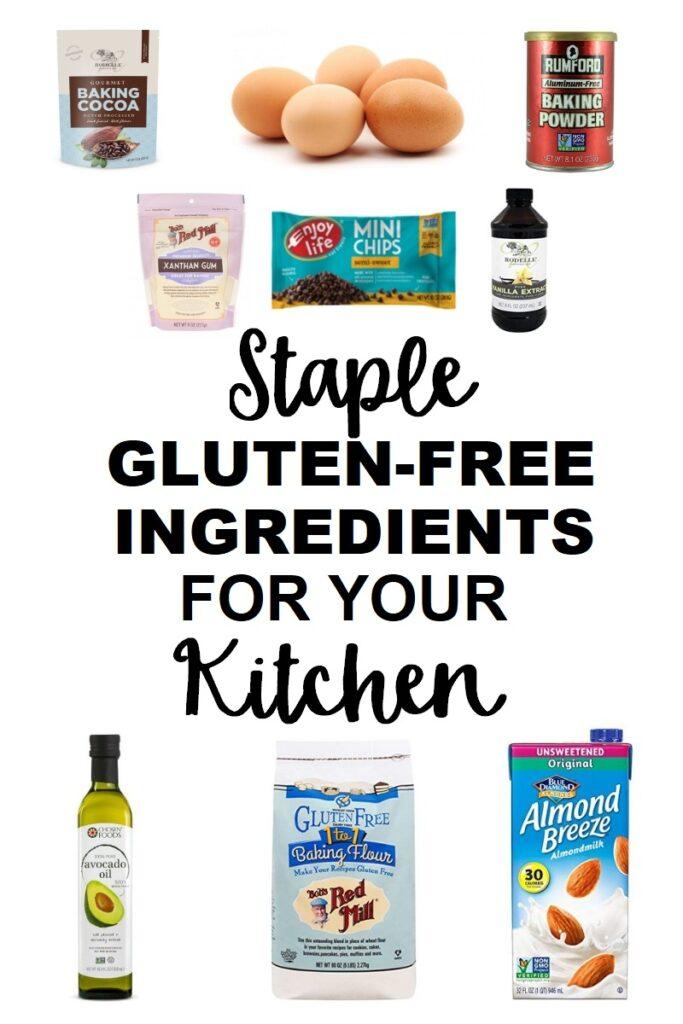
Exploring the Science Behind Grain-free Ingredients
Grain-free diets have surged in popularity among pet owners, driven by the belief that eliminating grains can lead to better health for their furry companions. At the heart of this movement lies a rich array of alternative ingredients that promise high nutritional value without the potential drawbacks associated with customary grains. Key substitutes include potatoes, peas, sweet potatoes, and various legumes. these ingredients not only serve as excellent sources of carbohydrates but also come packed with fiber and essential vitamins. Research indicates that these alternatives can provide pets with nutrient density, which is crucial for energy and overall well-being.
Despite the allure of grain-free options, it is vital to examine the nutritional profiles of these ingredients closely. For instance, many grain substitutes offer amino acids and micronutrients that can benefit your pet’s health. Below is a summary of some commonly used grain-free ingredients and their nutritional benefits:
| Ingredient | Benefits |
|---|---|
| Sweet Potatoes | High in fiber, good for digestion |
| Peas | Rich in protein and vitamins |
| Potatoes | Excellent source of carbohydrates |
| Chickpeas | High in protein and fiber |
While the transitional shift toward grain-free diets may benefit certain pets, it is essential for pet owners to consult with a veterinarian or a pet nutritionist to ensure a balanced diet that meets all their pet’s needs. Awareness of potential health issues, such as nutritional deficiencies or allergies, is crucial in making informed decisions about what’s best for your pet.
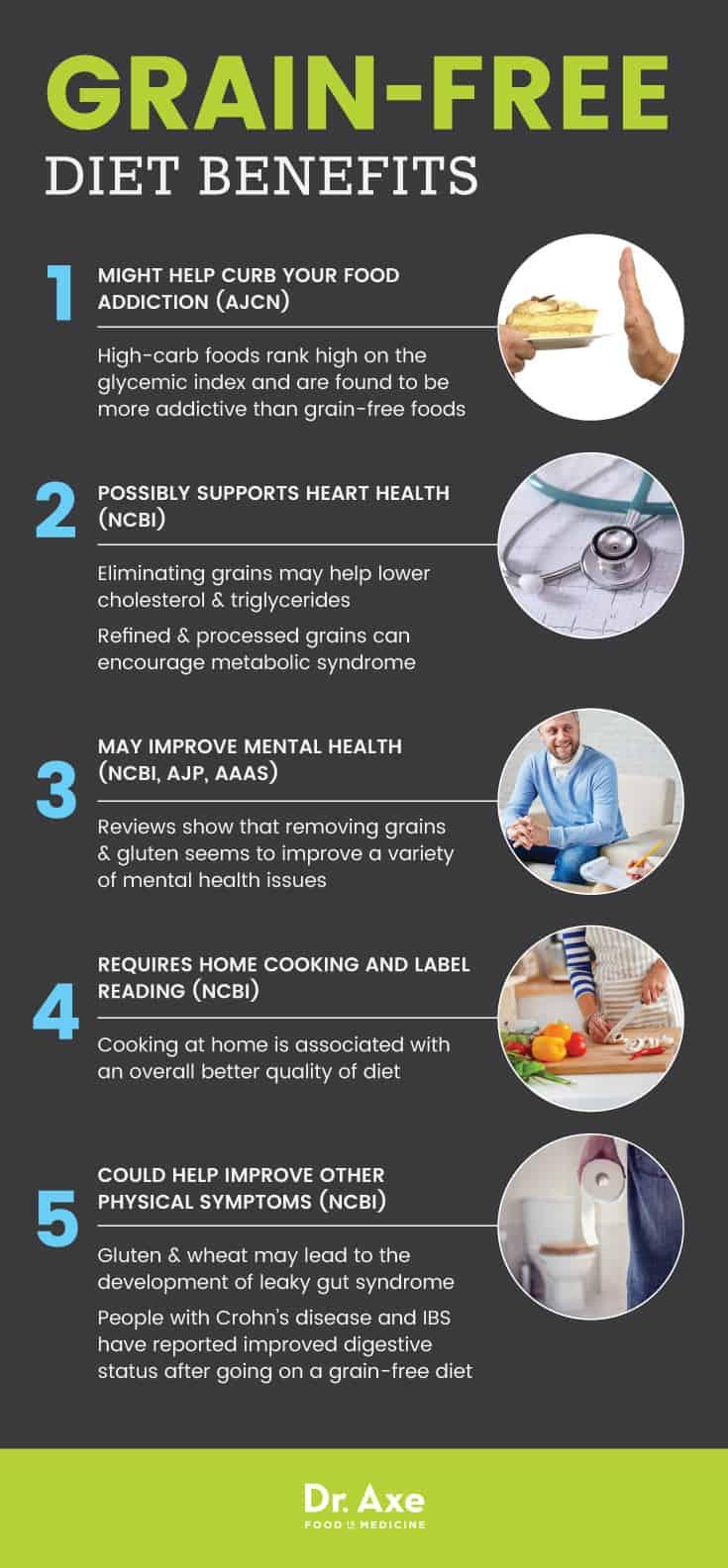
Evaluating the Benefits and Risks of Grain-Free Options
Grain-free diets have surged in popularity among pet owners, frequently enough touted as a healthier alternative for pets with specific sensitivities or allergies. One of the main benefits is the potential for improved digestion, particularly in pets that may struggle with gluten or certain grains commonly found in traditional pet foods. Additionally, many grain-free options are rich in protein and packed with high-quality ingredients that can support overall health. Other advantages include:
- Enhanced Energy Levels: Some pets may experience increased vitality with diets that prioritize meat and vegetables.
- Weight Management: grain-free options can help maintain an ideal weight in pets by reducing unnecessary carbohydrates.
- Less Inflammation: For pets with allergies or sensitivities, these diets may reduce inflammation and improve skin health.
However, the shift to grain-free diets is not without its risks. Recent studies have raised concerns about potential links between grain-free diets and canine dilated cardiomyopathy (DCM), a serious heart condition. Although the exact cause is still under examination, certain formulations high in peas and lentils may play a role. It’s crucial for pet owners to be aware of the following risks:
- Nutritional Imbalance: Some grain-free diets may lack essential nutrients found in grains, leading to deficiencies.
- Increased Cost: Grain-free products frequently enough come with a higher price tag, which can be a factor for many pet owners.
- Limited Research: There is still a lack of comprehensive studies confirming long-term health effects of grain-free diets.
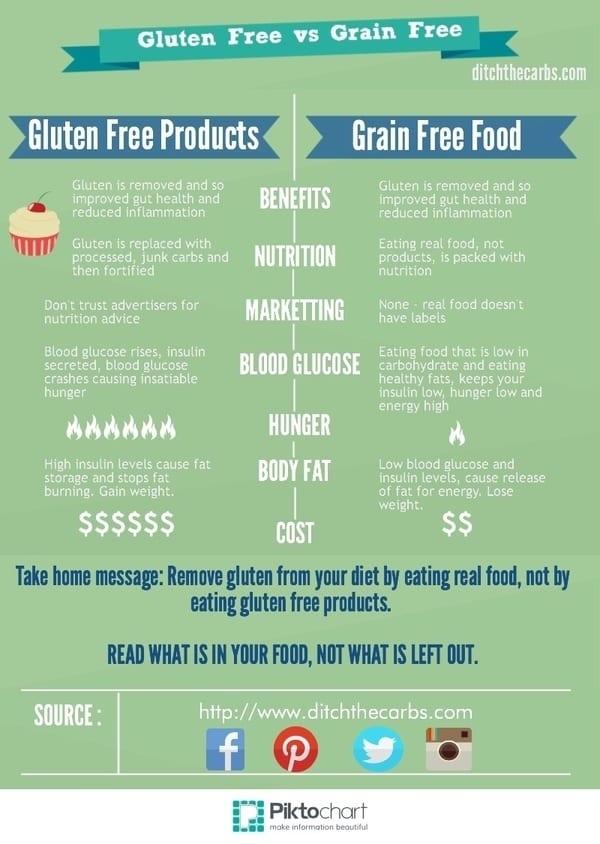
Practical Tips for Transitioning Pets to a Grain-Free Diet
Transitioning your pets to a grain-free diet doesn’t have to be overwhelming. Start the process gradually to allow their digestive systems to adjust. You can initiate the transition by mixing a small amount of the grain-free food with their current diet. Follow these steps to ensure a smooth transition:
- Days 1-3: Mix 25% grain-free food with 75% current food.
- Days 4-6: Adjust the mixture to 50% grain-free and 50% current food.
- Days 7-10: Increase to 75% grain-free and 25% current food.
- Day 11 onward: Serve 100% grain-free food if no adverse reactions occur.
Monitoring your pet throughout this transition is crucial to detect any digestive upset or changes in behavior. Look for signs such as vomiting, diarrhea, or changes in appetite. Keep in mind that each pet may respond differently,so adjustments might be necessary based on their unique needs. You can create a simple tracking chart to monitor your pet’s response during the transition:
| Day | Food Ratio | Notes |
|---|---|---|
| 1-3 | 25% Grain-Free | monitor for any reactions |
| 4-6 | 50% Grain-Free | Check bowel movements |
| 7-10 | 75% Grain-Free | Observe energy levels |
| 11+ | 100% Grain-Free | Ensure continued well-being |
In Summary
In the vast landscape of pet nutrition, the conversation surrounding grain-free diets is both rich and complex. As we’ve unraveled the scientific threads woven into these dietary choices,it becomes clear that understanding our furry companions’ needs is paramount. while grain-free diets may offer benefits for some pets, the decision should always be rooted in knowledge, balancing holistic wellness with individual health requirements.
as you embark on this journey of pet nutrition, remember that each pet is a unique tapestry of genetics, lifestyle, and preference. Whether you choose a traditional kibble or a grain-free option, the guiding principle is to prioritize your pet’s health and happiness. In this ever-evolving field, staying informed and consulting with veterinary professionals will ensure that your choices align with the best practices and latest research.
As we close this chapter on decoding grain-free diets, let’s continue to advocate for open dialogues about pet nutrition. Together, we can make well-informed decisions that foster the well-being of our beloved companions, crafting a future where they thrive — one balanced meal at a time.




